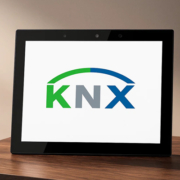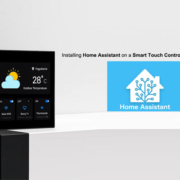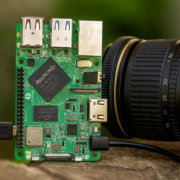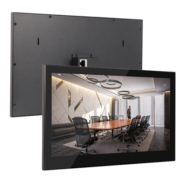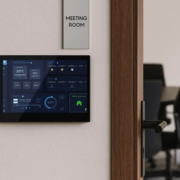Does a Smart Home Control Panel Work with Voice Assistants Like Alexa and Google Assistant?
The short answer is: Yes—many smart home control panels can work with voice assistants like Amazon Alexa and Google Assistant, but it depends on the hardware, software platform, and integration options provided by the manufacturer.
Let’s explore how this works, what to expect, and how Portworld’s smart home control panels fit into this voice-enabled future.
How Voice Assistants Integrate with Smart Home Panels
Voice assistants like Alexa and Google Assistant allow users to control devices with simple voice commands such as:
- “Alexa, turn off the lights.”
- “Hey Google, set the thermostat to 72 degrees.”
- “Alexa, close the living room curtains.”
Smart home control panels can work with these assistants in two main ways:
1. External Voice Assistant Integration (Most Common)
In this scenario, the smart home control panel connects to a cloud-based assistant like Alexa or Google via app or API. The voice assistant is not built into the panel, but devices controlled by the panel can still respond to voice commands issued through an Echo, Nest Hub, or smartphone.
✅ Pros:
- Seamless integration with smart home ecosystems
- No need for duplicate interfaces—use your voice or the panel
- Panel and voice assistant can work together on the same automation scenes
❌ Cons:
- Requires internet connection and proper configuration
- Control panel acts as a “bridge,” not the assistant itself
Portworld’s Android-based panels support this type of integration by allowing apps and services to sync with Alexa and Google ecosystems through MQTT, Modbus, or cloud API interfaces.
2. Built-In Voice Assistant Panels (Emerging Trend)
Some high-end control panels now come with built-in microphones, speakers, and native support for voice assistants—allowing the panel itself to act as a smart speaker.
Pros:
- One device for both touch and voice interaction
- Clean and integrated experience
- Useful in spaces without additional smart speakers
❌ Cons:
- More expensive hardware
- May raise privacy concerns for users
- Still limited by brand-specific assistant support
Portworld is actively developing hardware and software solutions that support built-in voice control and AI processing, especially for hospitality and smart office applications.
Example Use Case: Working Together
Let’s say you have a Portworld smart home control panel in your living room:
- You use the panel to visually control lighting, AC, and curtains.
- You also have an Echo device in the same room.
- Through system integration, you say: “Alexa, turn on Movie Mode.”
- Alexa sends the command to the smart hub or app connected to your Portworld panel, which executes the scene: dims lights, lowers the curtains, and adjusts the AC.
This hybrid control system provides the best of both worlds—a reliable, centralized interface (the panel) and flexible, hands-free control (voice assistant).
Key Features to Look for
When selecting a smart home panel for voice integration, consider:
- OS Compatibility (e.g., Android support for Alexa/Google Home apps)
- Network Protocols (MQTT, Zigbee, KNX, Modbus, Matter-ready)
- App Ecosystem (ability to install or link to smart platforms)
- Hardware Expandability (mic, speaker, Bluetooth for voice modules)
All Portworld panels are customizable through OEM/ODM services to support these integrations depending on the use case—whether home automation, smart hotels, or office environments.
smart home control panels can work with Alexa and Google Assistant—either through external integration or built-in voice assistant features. The choice depends on your setup, budget, and preferences.
With Portworld’s customizable smart panels, you get a flexible foundation that supports both traditional control and modern voice interaction—paving the way for a fully connected, intuitive smart space.

